When it comes to cultivating lush greenery within the confines of your home or garden, few plants parallel the intriguing allure of the Aloe Vera. Known not only for its striking visual presence, this succulent harbors a plethora of health benefits, often becoming a cherished staple in both household and herbal medicinal settings. Learning how to grow Aloe Vera from seed can be a rewarding endeavor that yields both beauty and utility.
In this comprehensive guide, we will unravel the fascinating journey of nurturing Aloe Vera seeds, delving into the intricacies of their care, growth process, and the succulent’s remarkable healing properties. Let’s unlock the secrets of this timeless plant and embark on a botanical adventure.
Understanding Aloe Vera Seeds: Nature’s Resilience
Aloe Vera seeds are a manifestation of nature’s ingenious design. They encapsulate the potential for life, offering the promise of a thriving plant that can blossom under the right circumstances. Before you begin the cultivation process, it is essential to understand the specific characteristics of Aloe Vera seeds. Each minuscule seed is resilient, adapted to survive in arid environments where moisture is a luxury. This adaptability showcases the plant’s evolutionary prowess, making it a suitable choice for amateur gardeners and seasoned horticulturists alike.
The seeds themselves are small, typically black or brown, and require careful handling. Due to their size, they can be easily overlooked, yet they carry within them the vitality necessary for growth. For optimal germination, it is vital to source seeds from a reputable supplier, ensuring their viability and health.
In the quest to cultivate your own Aloe Vera, the seeds are your day’s potential. Start this rewarding journey to discover the plants that have captivated humanity for millennia.
Preparing the Perfect Environment: Setting the Stage for Growth
Creating an ideal environment for germinating Aloe Vera seeds requires a meticulous approach. The first step entails selecting the right potting medium. Aloe Vera thrives in well-draining soil, so a sandy or cactus mix is most beneficial. Avoid heavy, compacted soils that hinder drainage, as stagnant moisture can lead to root rot, a fate worse than neglect for this succulent.
Next, ensure you have containers with sufficient drainage holes. Standard nursery pots or seed trays with drainage capabilities will work effectively. Fill your chosen containers with the prepared potting mix, leaving a small gap at the top to avoid soil spillage when watering.
Temperature is the next critical factor. Aloe Vera seeds require warmth to germinate effectively; a consistent temperature between 70°F to 80°F (21°C to 27°C) is ideal. If you find that your home is lacking in warmth, consider using a heat mat specifically designed for seed germination.
Finally, humidity and light play pivotal roles in the success of your seed germination. Light is essential, so place your containers in a location where they can receive bright, indirect sunlight. However, direct sunlight should be avoided, as it can scorch young seedlings. To maintain humidity, consider covering the containers with a plastic dome or cling film until germination occurs, removing it once the seedlings emerge.
Germination Process: Nurturing Life from Seed
Once your environment is prepared, the actual germination process can begin. Sow the seeds on the surface of the moistened soil, ensuring they are spaced adequately apart to foster healthy growth. Lightly press down on the seeds to make contact with the soil, but avoid burying them, as Aloe Vera seeds require light to initiate germination.
Watering is a delicate balance. Overwatering can drown the seeds, while underwatering can cause them to dry out. Begin with a gentle misting of water using a spray bottle to keep the soil moist without saturating it. Consistent moisture during the germination phase is crucial, so check the soil regularly, ensuring it remains damp but not waterlogged.
Patience becomes a virtue during this phase, as germination may take anywhere from two weeks to several months, depending on the conditions and the specific seed variety. Observe the small changes in the growing medium, and soon enough, tender green shoots will begin to break through the surface, signaling the successful commencement of your Aloe Vera journey.
Transplanting Aloe Vera Seedlings: From Seedling to Splendor
Once your Aloe Vera seedlings have developed several sets of true leaves, it is time to consider transplanting them into individual pots. This process allows for their continued growth and ensures they have enough space to flourish. Choose pots that allow flexibility for root expansion without being excessively large, which can impede their growth.
Carefully remove the seedlings from their original tray, taking care not to disturb the roots. Use a small spoon or a similar tool to dig around the seedlings, lifting them gently. Place each seedling in its new pot, filling in around the roots with fresh, well-draining potting mix. After transplanting, give each new plant a light watering to settle the soil.
As your Aloe Vera matures, it will require minimal care. Watering should be infrequent, as this succulent prefers to dry out completely between waterings. Aim to nourish it every two to three weeks during the growing season, reducing frequency during the winter months.
The Aesthetics of Aloe Vera: More Than Just a Healing Plant
Beyond the pragmatic aspects of growth and care, one cannot overlook the aesthetic appeal of Aloe Vera. Its striking green, fleshy leaves create an inviting ambiance, infusing a sense of tranquility into any space. The architectural form of this succulent, combined with its fascinating rosette growth habit, stands out as a stunning visual component in any garden or as a potted indoor accessory.
Moreover, Aloe Vera’s ability to flourish in various conditions—from abundant sunlight to moderate shade—makes it versatile and accessible for all types of gardeners. Whether it adorns a rustic kitchen table or takes center stage on a sunny windowsill, Aloe Vera luxuriates in its surroundings, contributing beauty and style to its environment.
In summary, the journey of growing your own Aloe Vera from seed is more than just a horticultural endeavor; it is a relationship formed with nature. As you watch your seeds metamorphose into flourishing plants, you not only add a visually striking element to your life but also tap into the remarkable healing properties that Aloe Vera has to offer. With patience and proper care, you will nurture not just a plant, but a source of healing and tranquility for generations to come.
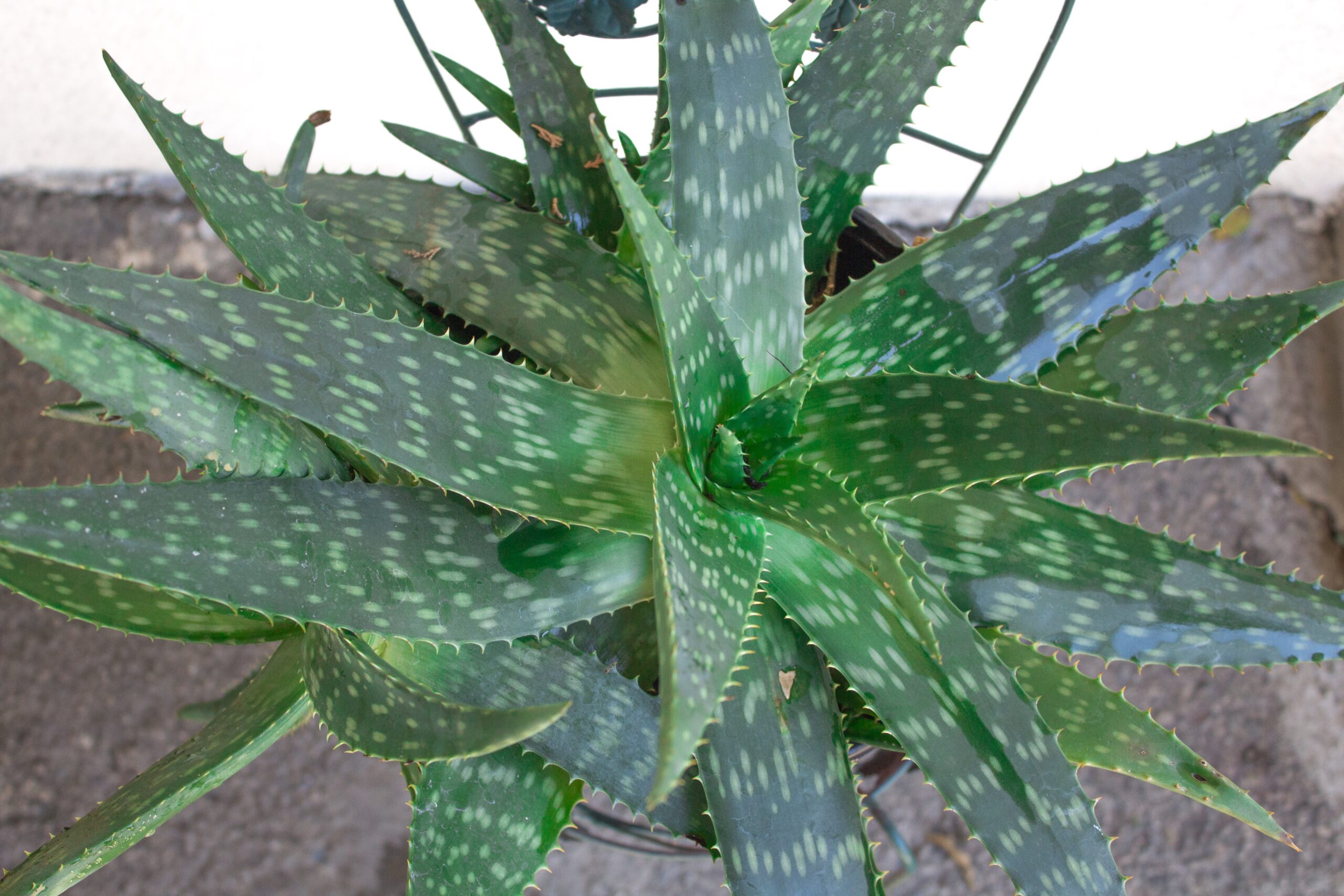
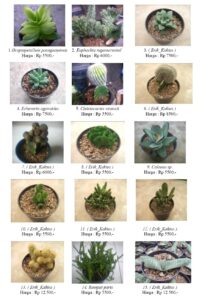
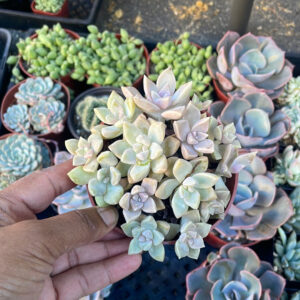
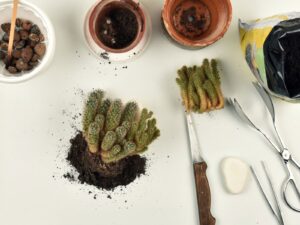
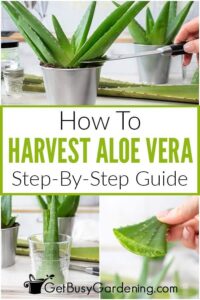
Leave a Comment